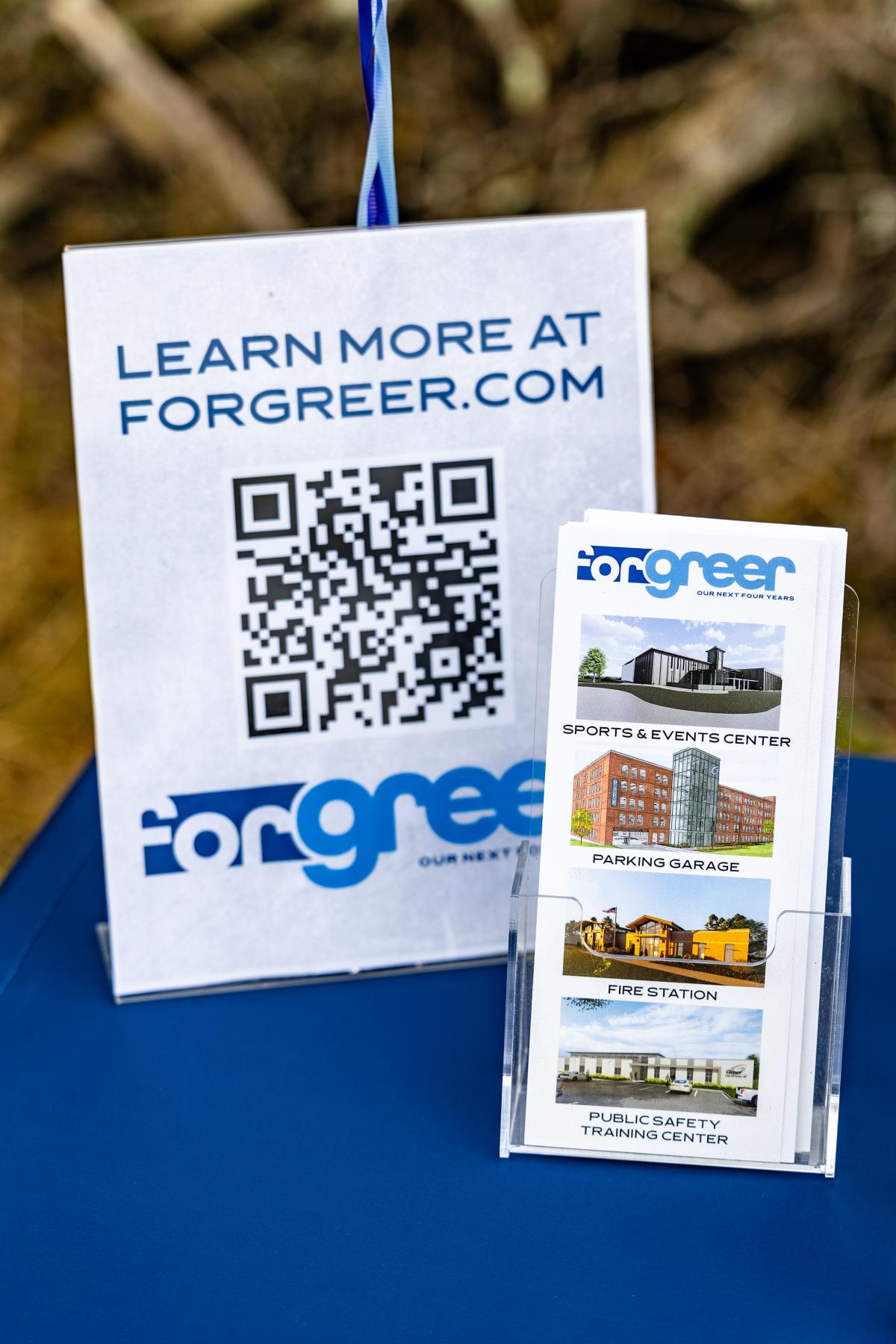Residents take a keen interest in topics like city construction projects, planning and development, or new business recruitment. Several municipal communications officials joined a panel during the Municipal Association of SC Communications Workshop in November to discuss how they engage with audiences on these hot topics.
In the City of Greer, one recent high-visibility project is what the city named “CenterG,” a massive effort to replace downtown utility lines while simultaneously upgrading the entire downtown streetscape. Another project established by the city’s economic development team, the Platform at Greer, is a start-up space serving local entrepreneurs by connecting them to the business community and training, and providing market validation to determine product viability.
Yet another major effort, branded as the “ForGreer” initiative, involves four major municipal projects over four years, costing about $92 million and aimed at addressing Greer’s growth — a public safety training facility, a new downtown parking deck, new fire station, and a sports and events center including basketball, volleyball, e-sports and batting cages.
The city knew the effort would bring plenty of questions from the public, said Greer Community and Media Outreach Coordinator Ayla Fitzpatrick. They built a website full of information and featuring question submission form.
“We thought we were being incredibly transparent with the information that we were putting out there, but the public felt like it wasn't enough,” she said. “We said, ‘whatever information about these projects that can be public, let's make it public without them having to ask. Let's put it all in one place, whether that's city council meetings, agendas, site plans, renderings, let's make it easy for them to access.’”
A challenge Greer faces, Fitzpatrick said, comes from its location among other Upstate cities and towns with a huge amount of growth and development success stories, making it harder for them to break through to the audience.
Wherever possible, she said, “we determined that we needed to tell our own story.”

The “ForGreer” initiative involves four major municipal projects planned over four years.
Photo: City of Greer.
The City of Greenville is also telling its own stories, where its Week In Review reports taking the form of a newsletter and news video packages produced by staff, creating the kind of visuals information breakdowns that help audiences understand complicated governmental topics. Greenville Multimedia Manager Loren Thomas, who often delivers reports in those videos, is one member of the city’s Communications & Engagement Department.
Thomas described the development efforts the department touches, including the neighborhood master plans created with extensive community engagement to address residents’ needs. In fact, the recent Haynie-Sirrine Neighborhood Master Plan was guided by a steering committee of neighborhood leaders, businesses and property owners, rather than by consultants.
Another project was the city’s development code update, involving everything from downtown and neighborhood development to affordable housing and open space preservation.
Communications efforts, Thomas said, “focused on explaining the ‘why’ behind the code, with interviews with steering committee members to highlight the importance of the update.”
In the City of Forest Acres, development communication may involve publicizing the dozens of new businesses to open recently, but it has also involved a pressing issue for the city — the numerous enclaves, or “doughnut holes,” to exist throughout the city, creating confusion and inefficiency when delivering governmental services.
To address this, Director of Communications Lynnsey Baker said she used “my news reporter hat” to break down the issue into key themes to present to the audience of property owners who might annex — what municipal boundaries mean and where they are, annexation processes and the value of services.
The “Annex the Acres” campaign covered this through a website, public meetings, targeted news media pushes and postcard mailings.
“In the end, our big success is we've annexed 20 properties so far,” she said. “We have more waiting, they're just not contiguous yet.”
